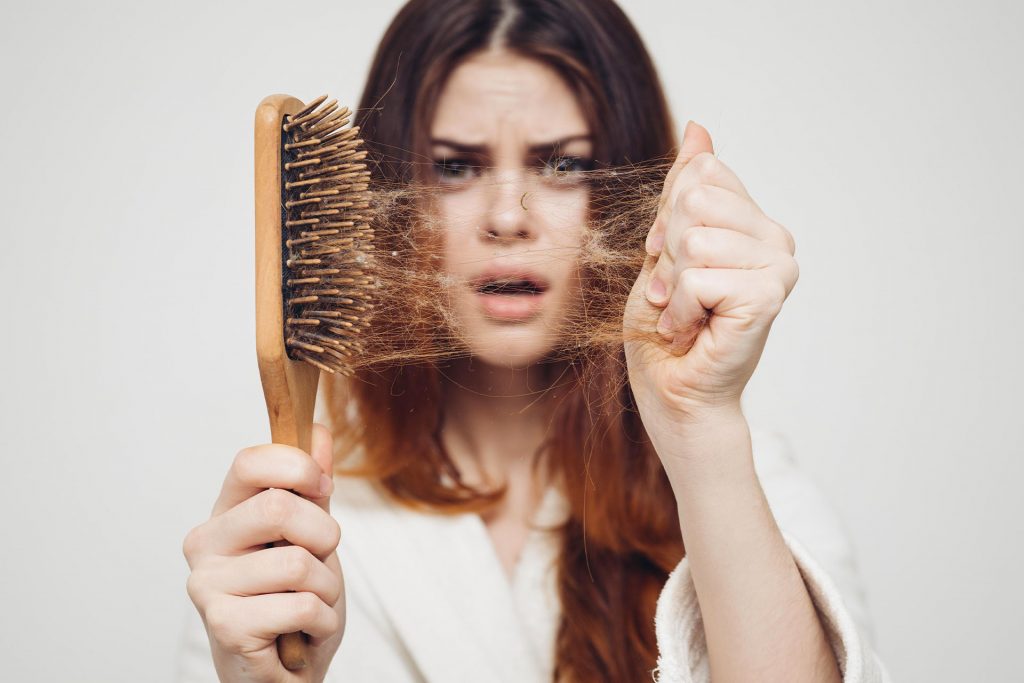Plasmolifting
Plasmolifting is a new treatment being offered for hair restoration. It is a simple, non-surgical procedure where a patient’s own Plasmolifting from their blood is injected into the scalp to stimulate hair growth and provide fuller and healthier looking hair. The procedure takes approximately 60 minutes and provides reliable results with a very quick recovery period. It is perfect for patients looking for a cheaper alternative to a full hair transplant but is also used to supplement a hair transplant procedure.

